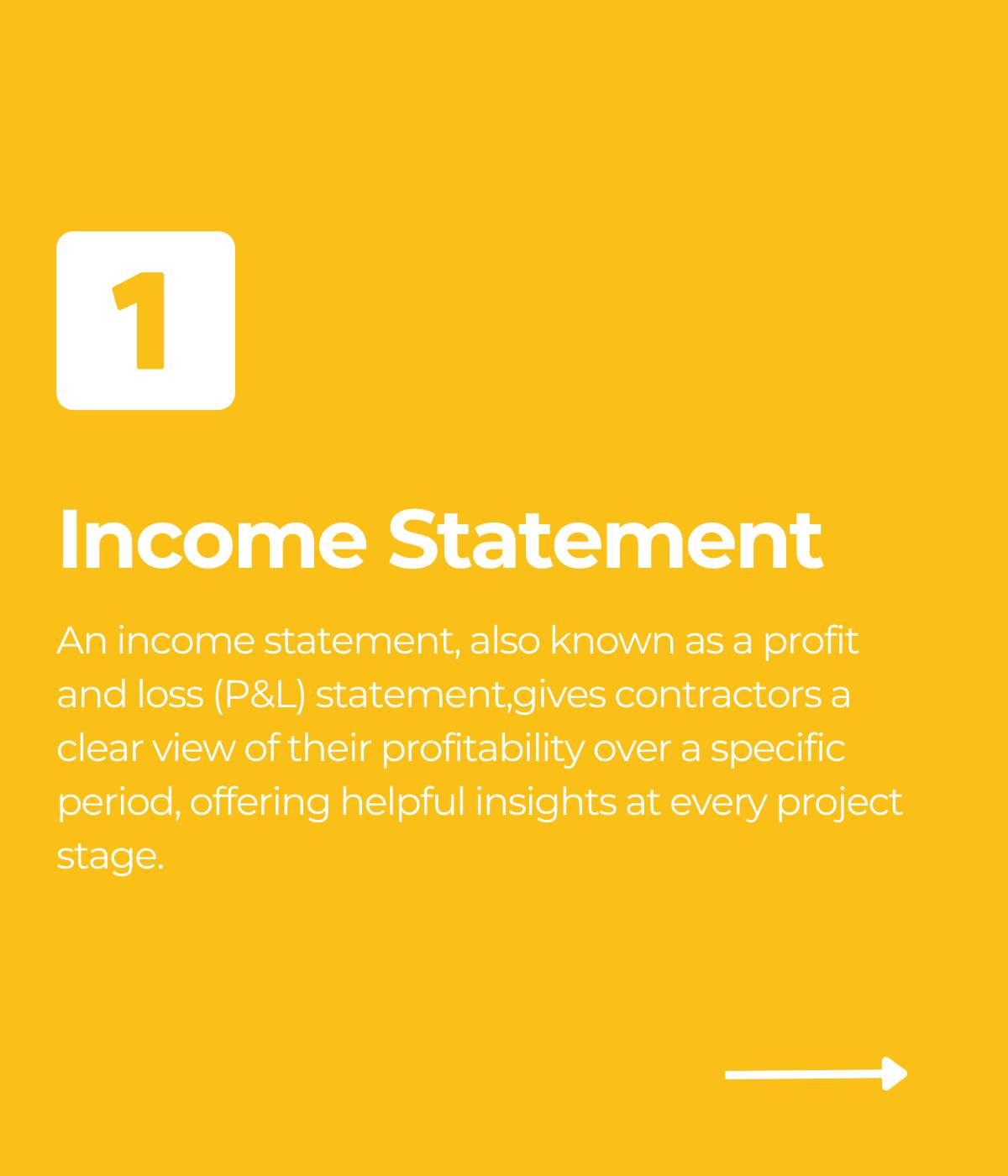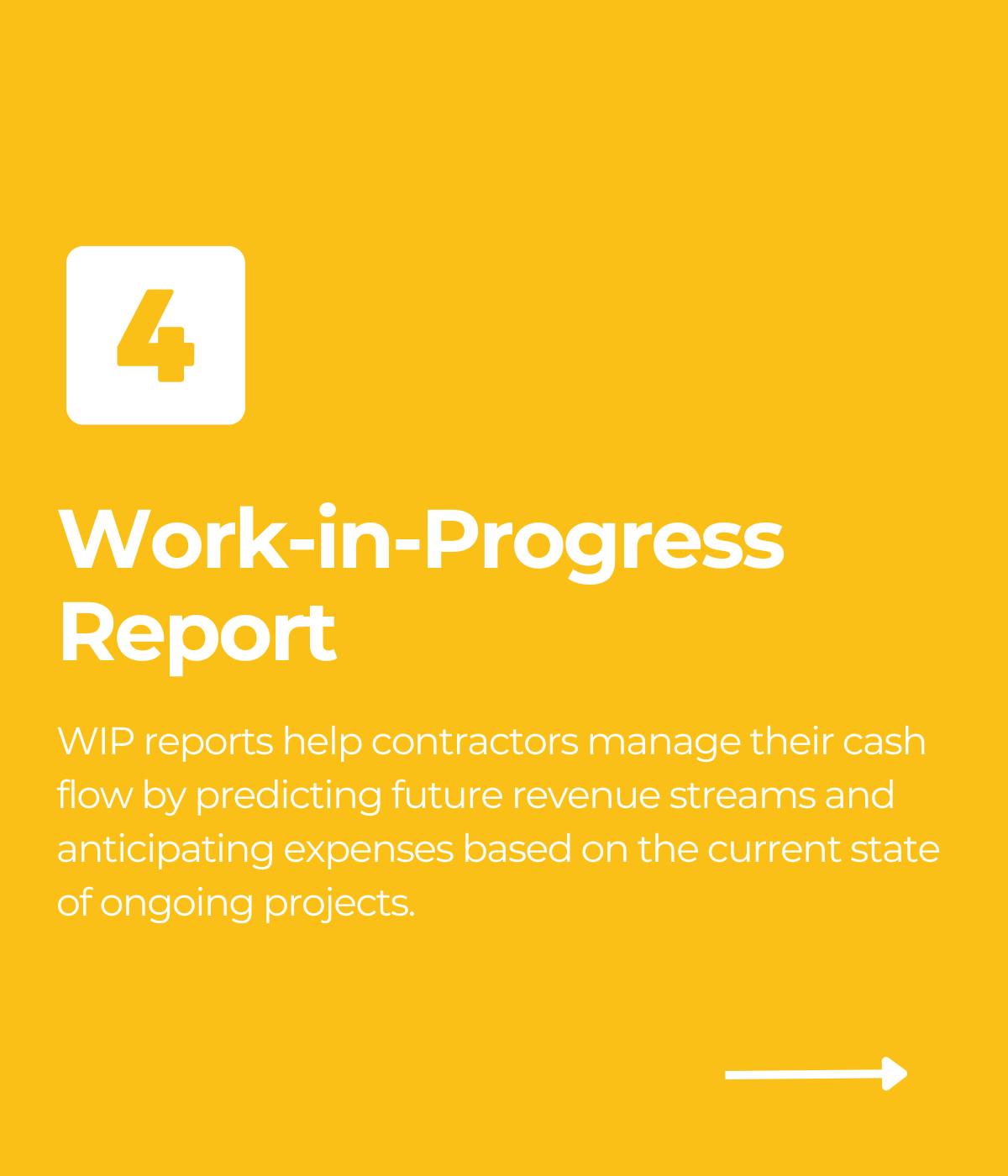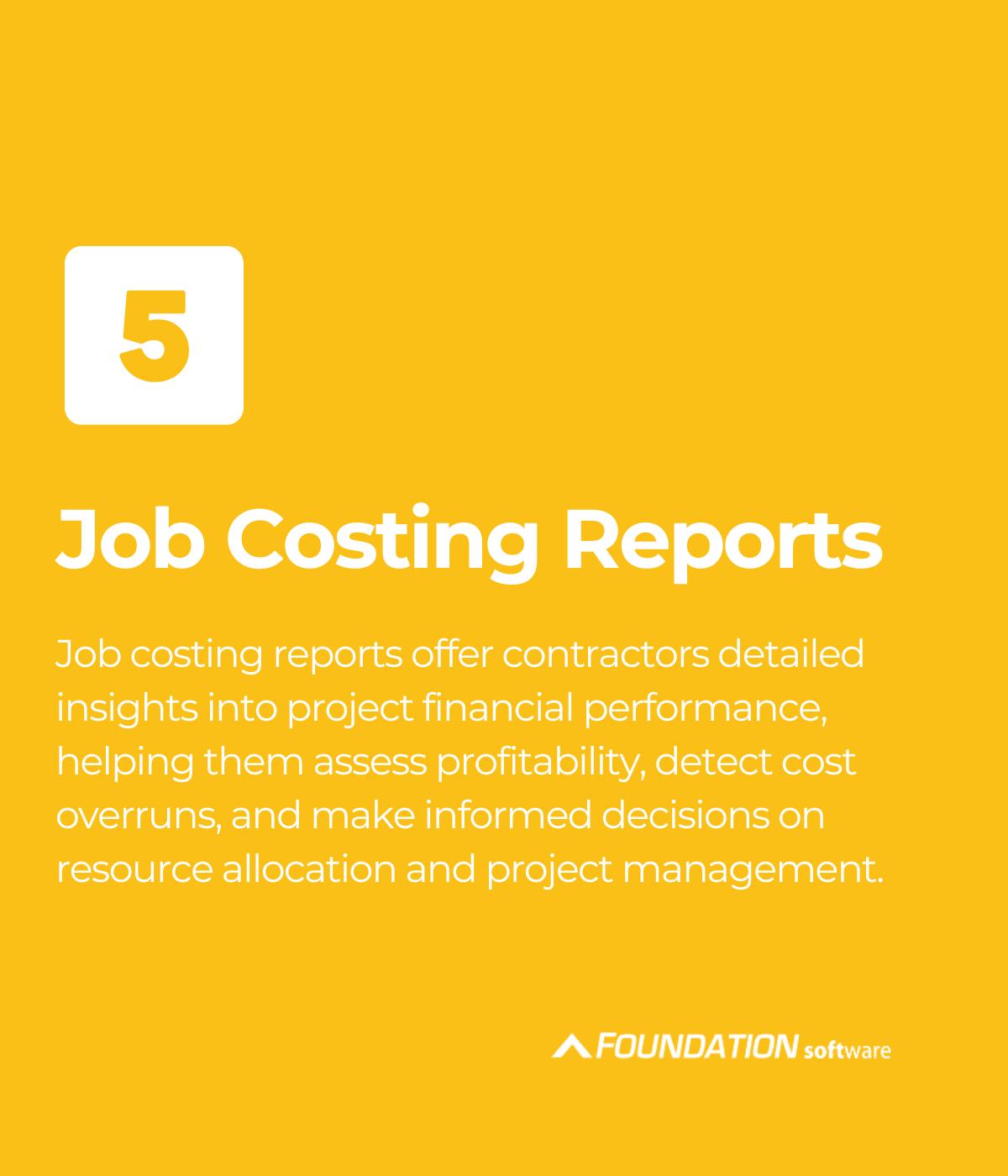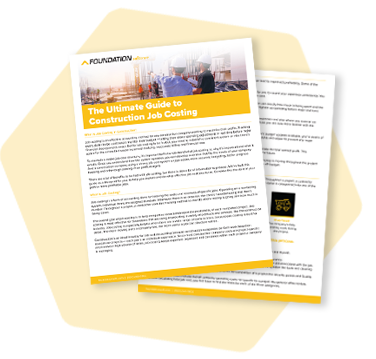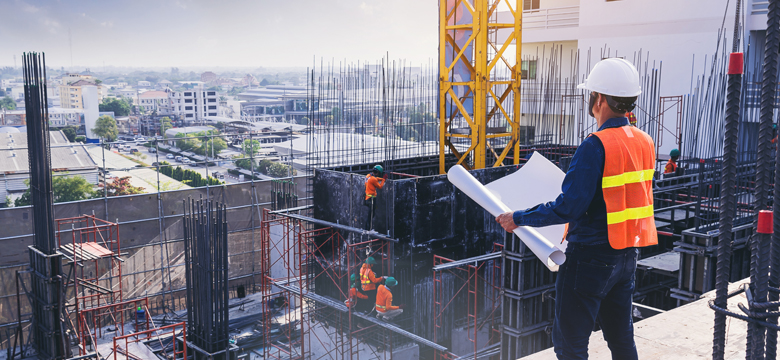
The Architectural Billing Index (ABI) is a beneficial resource for commercial construction contractors. It acts as an economic indicator that measures the demand for architectural design services throughout the United States.
The ABI provides insight into future construction activity across various sectors. As the adage goes, if the architects are busy upstream, the contractors will be busy downstream. And vice versa.

Architects, contractors and other industry professionals alike use the ABI to gauge market conditions and make more informed business decisions.
The ABI acts as a market indicator, not a guaranteed predictor. However, according to Archinect, companies that use leading indicators such as the ABI can be more prepared to navigate the construction market and implement proactive decision-making processes. Let’s breakdown other ways that the ABI can be important for contractors.
Key Takeaways for Contractors:
- The ABI tracks trends in commercial construction activity and is derived from a monthly survey of architecture firms to measure the change in services provided to clients.
- The ABI can provide an economic forecast of construction spending roughly nine to twelve months in advance.
- The ABI can be used in the construction industry to track the health of the construction market and to forecast future building activity.
- Contractors take a proactive approach by focusing on the ABI that allows them to be better prepared for both growth and downturns, ultimately increasing their chances of success in the ever-changing construction landscape.
- Construction companies can see whether there will be an increase or decrease in projects in the pipeline by tracking the ABI, allowing them to plan staffing, resources and potential bids accordingly.
- By integrating construction accounting software with the insights offered by the ABI, contractors can navigate market fluctuations more effectively and optimize their operations for long-term success.
What is the Architectural Billing Index?
The Architectural Billing Index (ABI) scores are a metric that tracks trends in non-residential construction activity. The score is published by the American Institute of Architects (AIA) and derived from a monthly survey of architecture firms that measures the change in the number of services provided to clients.
The ABI can provide an economic forecast of construction spending roughly nine to twelve months in advance.
The survey is broken down by region and asks respondents to rate the level of their architectural billing rates, or the amount of new project inquiries or design contracts, as either “increase,” “decrease” or “no change” from the previous month.
The results are then compiled into an index, which can be interpreted as:
- A score above 50 suggests an increase in billings and anticipated growth in construction activity.
- A score below 50 indicates a decline in billings and suggests a slowdown in construction spending.
- A score of 50 represents flat growth.
For example, the ABI score for May 2024 declined to 41.7 for the commercial construction industry in the Midwest region as more architecture firms reported a decrease in billings.
This means contractors in this area can expect a slower backlog in the coming months.
Why is the Architectural Billing Index Important?
The ABI can be used in the construction industry to track the health of the construction market and to forecast future building activity.
It is considered a leading economic indicator because changes in architecture billings often precede changes in overall economic activity, such as employment and GDP.
The ABI provides valuable foresight which allows businesses to be more proactive and adapt to changing market conditions. There are two key ways that the ABI impacts construction:
- Forecasting Workload
- Market Confidence and Investment
Contractors should pay attention to the ABI as much as possible.
By paying attention to the ABI, contractors take a proactive approach to their construction business that allows them to be better prepared for both growth and downturns, ultimately increasing their chances of success in the ever-changing construction landscape.
How Does the Architectural Billing Index Impact Construction?
The monthly ABI affects everything from project planning to staffing decisions. The ABI serves as a compass for the construction industry, providing guidance on optimizing business strategies for future success and how to navigate market fluctuations.
Forecasting Workload
Architects are typically involved at the very beginning of a construction project so, trends in their billings can foreshadow future construction volumes.
By tracking the ABI, construction companies can get a sense of whether there will be an increase or decrease in projects in the pipeline, allowing them to plan staffing, resources and potential bids accordingly.
A rising ABI indicates a potential increase in construction projects allowing construction companies to:
- Prepare for Higher Workloads: Ramp up hiring or training programs to ensure they have sufficient staff to handle upcoming projects.
- Secure Resources: Anticipate material needs and potentially secure better deals through bulk purchases or establish relationships with suppliers in advance.
- Adjust Bidding Strategies: With a stronger market, adjust bidding strategies to be more competitive or focus on higher-value projects.
A falling ABI suggests a potential slowdown in construction activity and this advanced notice allows companies to:
- Plan for Leaner Times: Implement measures to manage staffing levels like alternative work arrangements and increased workforce flexibility.
- Review Project Costs: Re-evaluate project budgets or explore cost-saving measures to remain profitable during a downturn.
- Focus on Other Markets: Shift focus to sectors less affected by the slowdown or explore alternative revenue streams.
A flat growth score suggests a stable workload, allowing contractors to maintain current staffing levels, allowing you to:
- Monitor Project Completions: Consider potential adjustments in staffing needs to avoid overheads if project completions are anticipated soon.
- Invest in Workforce Flexibility: Cross-training employees ensure they can be deployed on different projects with diverse skillset requirements.
- Focus on Project Efficiency: Streamline project management practices to reduce project costs and perform tasks quicker.
Market Confidence and Investment
The ABI acts as a gauge for the state of the non-residential construction sector. Construction firms can use the index to understand market fluctuations and make informed decisions about strategic planning.
A positive ABI can boost confidence in the construction industry, encouraging investment in new projects and equipment. This can lead to:
- Increased Construction Spending: More projects translate to more overall spending in the industry, benefiting all stakeholders.
- Technological Advancements: Increased investment can fuel research and development in construction materials and techniques.
A negative ABI can lead to a more cautious approach, with investors potentially holding back on funding new projects. This can result in:
- Stagnant Growth or Decline: Reduced investment can slow down the overall growth of the construction sector.
- Delayed Innovation: Less investment might limit resources for developing new technologies that could improve efficiency and sustainability in construction.
A flat score suggests a stable market, with ongoing projects but potentially limited growth in new investments, therefore construction firms should:
- Focus on Project Delivery: Prioritize efficient project management to maintain profitability and build trust with potential investors for future projects.
- Invest in Core Competencies: Invest in maintaining and refining core competencies (like leadership, communication and time management) to stay competitive in a potentially saturated market.
How Can Construction Accounting Software Help Contractors Using the Architectural Billing Index?
Construction accounting software goes beyond basic accounting functions. By integrating construction accounting software with the insights offered by the ABI, it empowers contractors to navigate market fluctuations more effectively and optimize their operations for long-term success.
Acting as a powerful tool for contractors leveraging the Architectural Billing Index, construction accounting software provides functionalities that enhance decision-making based on market trends.
Data Integration and Analysis
Construction accounting software meticulously tracks project costs, including labor, materials and equipment.
By analyzing this real-time data alongside the ABI, contractors can forecast costs, cash and revenue while assessing project profitability in the context of the overall market.
For example, during a period with a rising ABI, the software can help identify projects with potentially higher margins due to increased demand.
The software allows for the creation of realistic project budgets and forecasts. When combined with the ABI’s insights into future workload, contractors can adjust budgets and forecasts to account for potential changes in business conditions.
Improved Cash Flow Management
Construction accounting software offers real-time financial data, allowing contractors to:
- Monitor cash flow
- Identify potential shortfalls
- Review available funds
- Measure profitability
This is crucial during periods with a declining ABI, as the software can help them anticipate a potential decrease in project opportunities and take proactive measures to manage cash flow effectively.
The software also allows for efficient billing and timely collections which are essential for maintaining healthy cash flow. Construction accounting software streamlines these processes, ensuring contractors receive payments promptly.
See How FOUNDATION® Can Simplify Your Construction Accounting
The Architectural Billing Index is an extremely valuable tool for contractors. Acting as an economic indicator for the coming months, the ABI offers insights into the future market conditions and economic vitality of the commercial construction industry. The ABI allows contractors to forecast their workload and decide investments based on future market conditions.
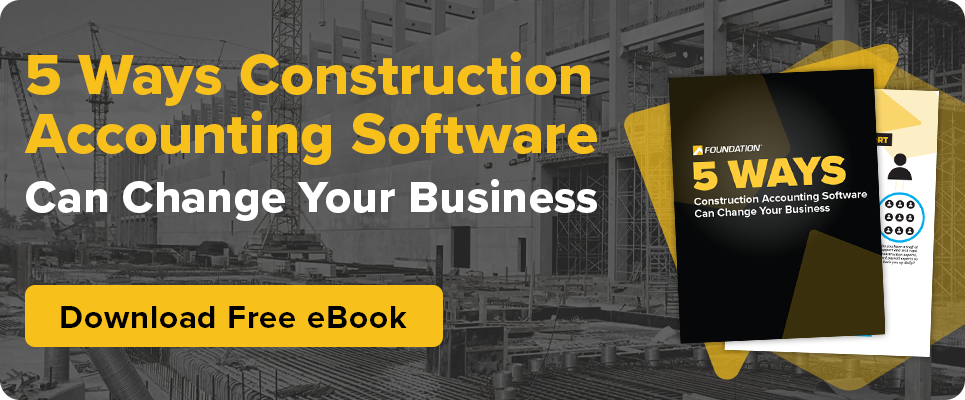
Using construction accounting software in tandem with the ABI can help contractors in their project planning, cash flow management and workforce development.
Construction accounting software, like FOUNDATION, allows contractors to access detailed data analysis, project budget forecasting, efficient billing collection and more.
Share Article
Keep on current news in the construction industry. Subscribe to free eNews!
Our Top 3 YouTube Videos
Learn about our software more in depth with product overviews, demos, and much more!

Our ACA reporting & e-filing services include official 1094-C and 1095-C IRS reporting, optional e-filing (no applying for a TCC code required), mailing to your employees and experienced support to help you.

There are plenty of reasons to make FOUNDATION your choice for job cost accounting and construction management software — just ask our clients!

From job cost accounting software, to construction-specific payroll. Get an overview on your next all-in-one back-office solution.




